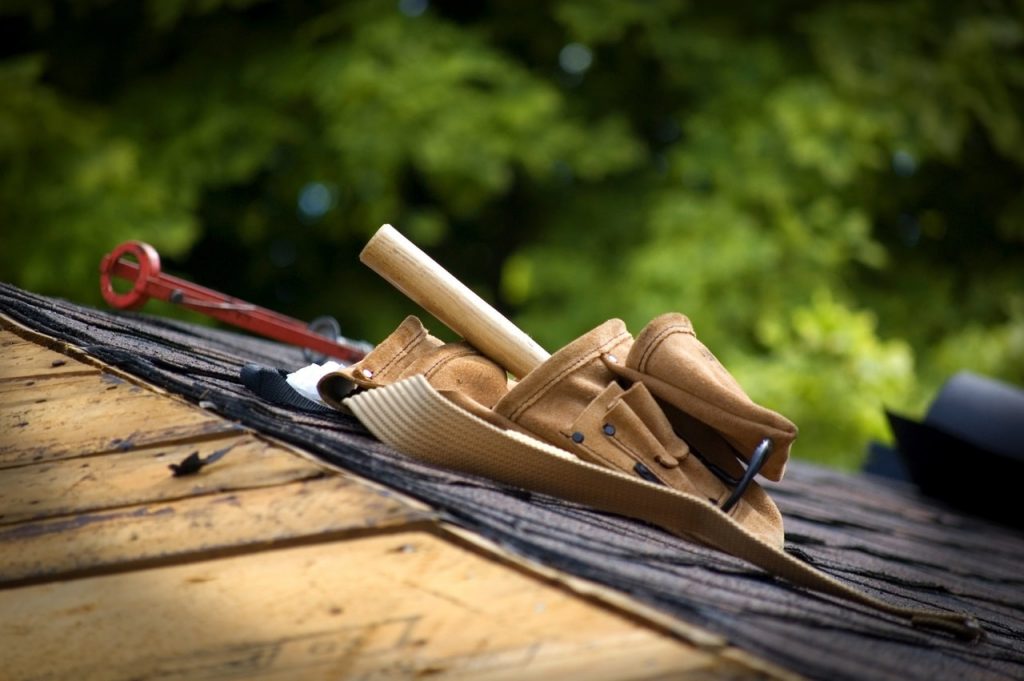Mistakes to Avoid When Building a Custom Home – Real-Life Examples
There’s nothing quite like building your own home, especially when you have a trusted builder that ensures it goes well from start to finish. Buying a custom home can be a dream process, or it can be full of pitfalls, mistakes, and frustrations. We’ve witnessed enough heartbreak firsthand in the custom home building industry. To avoid the same things happening to you, it helps to look at the mistakes other people have made to create a better outcome. Here are six interesting, real-life situations and how they turned out.
Story 1: Wisconsin Family Left with Half a Home
In Wisconsin, a family was left with a home that was about half unfinished after the builder simply walked away from it. Over a disagreement on the amount of money the new homeowners had agreed with the builder, the builder simply walked away from the project and left the couple to find other contractors to finish it, and they are still charging the family for the work. The problem is a mediation/arbitration clause in the contract that eliminated the property owner’s ability to go after the builder in court.
How to avoid this situation: Make sure you read your contract. Understand every element within it. Do this with an attorney that represents you before you move forward with the project.

Story 2: A Builder Shuts Down Leaving Families with Bills
Another story impacted numerous families in the Baltimore area. A custom home builder simply went out of business in the middle of the project. They left individuals with homes that were only half done and big bills that were too expensive for the property owners to pay. They didn’t give the homeowners any notice.
How to avoid this situation: You can’t completely predict the actions of a builder, but you can learn as much as you can about the builder before you decide to work with them. Vetting a custom home builder should be a big part of your initial search. Learn who they are, how long they have been in the community, how many homes they’ve built, and what their reputation is with the Better Business Bureau.
Story 3: When the Work Isn’t Done Well
A contractor in Maryland lost its license to operate, though they continued to do so, and provided its customers with poor quality workmanship. The homeowners were left with homes that had poor construction throughout. One homeowner claimed, as well, that the company forged his signature on documents to obtain a building permit for the project. The property owners were left with homes in poor condition and wondering how many defects with the property they’ll eventually find.
How to avoid this situation: The lesson here is a bit more complex. However, it comes down to verifying everything you can about the custom home builder. For example, it is important for you to learn as much as you can about the builder’s history, including some of the bad experiences they have had. You can often talk to the local building department in your city to find out if they have had any problems with the builder. Most cities will keep a record of builders as well as concerns that inspectors have with the projects. It is well worth investing a bit of time into learning this key information.
Story 4: Couple Sued by Subcontractors Over Builder’s Bankruptcy
Here is an interesting situation out of Central Texas. A custom home builder began the process of taking initial deposits for the build of homes in a new, exclusive development. The work got started but was very slow. However, the builder continued to go to the bank to withdraw funds over the period of the initial construction. It’s supposed to be the case that the builder draws funds as specific work is done. This builder drew far more than it was doing, though. Then, it stopped doing the work and stopped paying its own subcontractors for the work. The builder ultimately filed for bankruptcy. However, the subcontractors, who were out of thousands of dollars of work due to the builder’s nonpayment, sued the homeowners for the money. The homeowners – who were barely able to move into their homes – now faced a builder that left the work and debts from subcontractors.
How to avoid this situation: This is the type of horror story no prospective homeowner wants to hear about, but it is something that can happen to anyone. The best way around it is to vet that builder, of course. And, it also helps to look at the builder’s contract in areas where subcontractors are mentioned. It should be clearly outlined how subcontractors are paid and whose responsibility it is to pay those subcontractors. Have your attorney build this into the contract to ensure you are not responsible for the builder’s debts. Also, make sure there’s a clear explanation of how the money will be used, accessed, and proven to be necessary at various points in the build.

Story 5: These Homeowners Faced Long Delays
A family building a custom home in Arizona faced some of the most complex challenges during the project. It was a large project and one that was inspired by Frank Lloyd Wright. The company did the vetting but didn’t anticipate delays in the project. They ended up having to move into the home before it was complete. This is common today because many builders are short-staffed. There are just too few contractors and workers to fill the growing demand. In this project, the builder ran over budget and was behind schedule. The work the builder did wasn’t necessarily bad, but they had no history of following the unique building style. That delayed the project even more so.
How to avoid this situation: In this situation, there are several steps to take. First, make sure that if you are building something unique or rare, that you have a builder that has experience in that area. You want to find a specialized builder that’s completely confident and can show evidence of that experience. Second, you also want to know that the builder has the workers for the job. This is a bit more complex, but just asking about the reliability of the workforce is an important step in minimizing your risks.
Story 6: Facing Shoddy Workmanship with Defects
In a Chicago area story, we learn of a home buyer who struggled with a home builder after the work was complete. The builder did not come back to fix the defects in the home that were evident. This can leave a homeowner without the money necessary to make the repairs and remedy shoddy workmanship.
How to avoid this situation: It’s important to know what the rules are within your contract. You want to be sure that there is a clause that requires your builder to come back to you a year after the work is done to ensure that it gets done properly and that any defects are clearly understood. Some builders are very good about doing this.
These dos and don’t situations can give you some tips on how to avoid common mistakes that homeowners can make when choosing their custom home builder. It also helps to know that even with the best advice, it really is up to you to learn as much as you can about the company you are hiring to do any of the work at your property.






